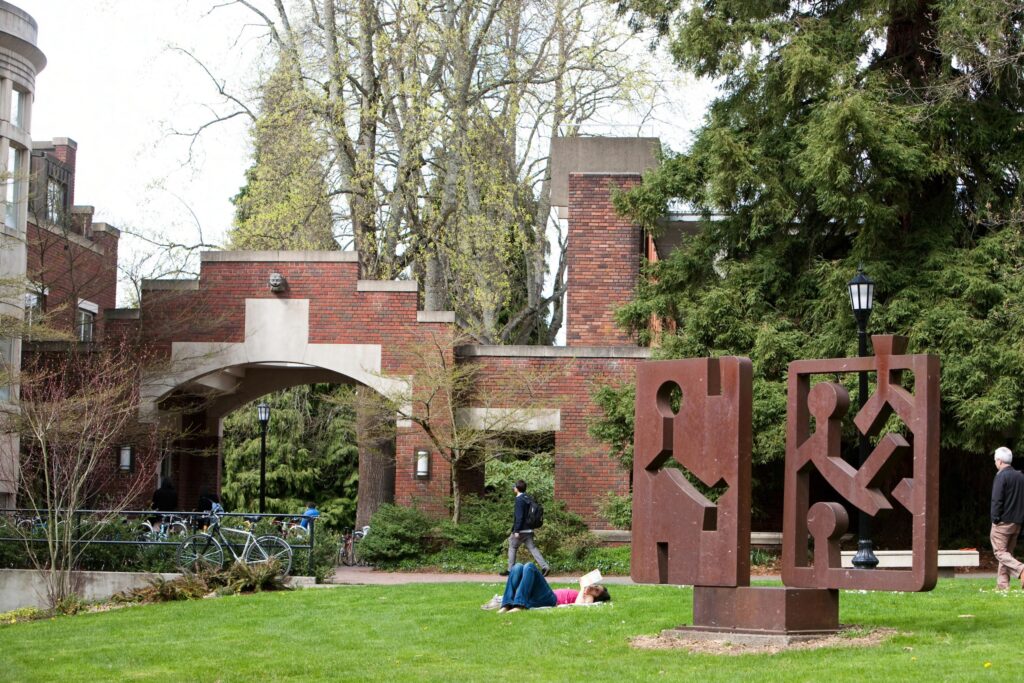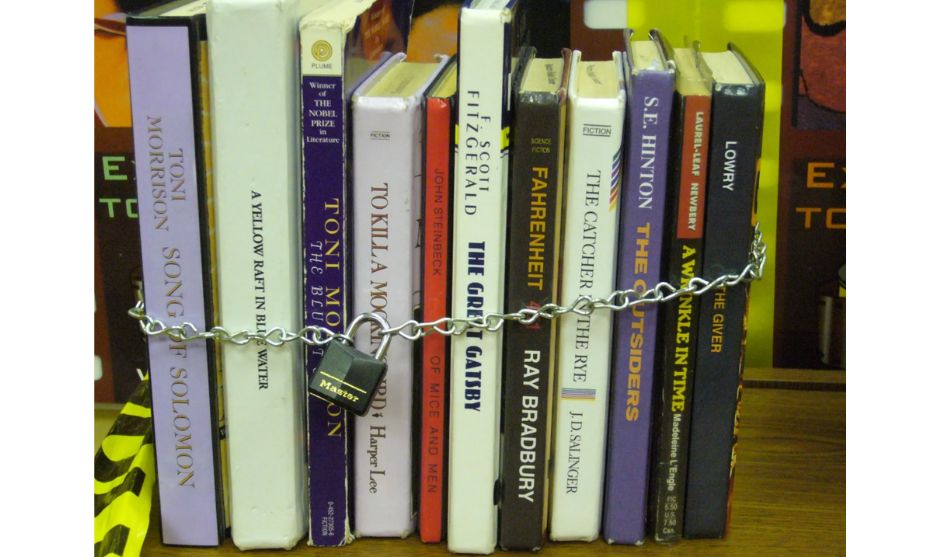News you can use about library resources, special displays, events, campus history — and more!

Welcome to Library News
-

“They Won’t Bite, They’re Just People:” Bringing Blues and Folk to Reed
From the 1950s through the 1980s, a steady stream of talented blues and folk artists came through Reed College. With the folk music revival in the ‘50s and the blues revival in the ‘60s, there was no lack of skilled artists across the country. Reed drew in dozens of artists, from smaller local musician Mike…
-

Trials in Music Data and Music History
For anyone interested in the confluence of music, history, and data, we have two trials that may spark new connections and reveal avenues of inquiry: RIPM Jazz Periodicals Closes: December 7 Produced by the Répertoire International de la Presse Musicale (RIPM), RIPM Jazz Periodicals provides users with a contemporary view of jazz history by digitizing…
-

Celebrate Banned Books Week at the Library!
Banned books week (October 5 – 11, 2025), was established back in 1982 by the American Library Association’s Office for Intellectual Freedom in response to a rise in the number of challenged books in libraries, bookstores, and schools. The tradition has continued through to the present day in 2025. This year’s theme is Censorship Is…
-

New ProQuest Ebook App
in DatabasesA new app is ready to handle your “bookshelf” any time you check out a full ebook from ProQuest’s Ebook Central platform: Ebook Central Reader App. If you have ever used Adobe Digital Editions to read ProQuest ebooks in the past, this app replaces it. Ebooks from platforms like Cambridge Core, De Gruyter Brill, Elsevier…
-

Expanded Interlibrary Loan request options
Need a book or article, but Reed doesn’t have it? We have you covered! Starting August 4th, you’ll see expanded Interlibrary Loan (ILL) request options in the library catalog. Updated Summit and ILL request buttons will look and work the same, so you get to focus on finding the resources you want, instead of which…
-

New digital collections software selected
The library and IT have selected a new platform to host Reed’s digital collections. We will move to TIND, a platform for institutional repository materials, digital archives content, and visual resources assets. Reed Digital Collections (RDC) supports teaching and learning at Reed College by providing access to high-quality free and licensed images, used often in…
-

Spring Semester Trials Continue
After our busy February, one trial continues and a new rest-of-the-semester trial begins. The Renaissance World (Taylor & Francis) Closes 3/28/2025This is a sizable e-reference site from Routledge Resources Online. It features specially-commissioned, peer-reviewed content that supports the teaching and learning of this historical time period. Covering the 14th to the 18th century, its key…
-

New Interface for EBSCOhost on January 7
On January 7, 2025, EBSCO will move all users to a new interface for the EBSCOhost platform. The new interface is a significant improvement. It reduces visual clutter, improves accessibility, and adds more controls over search, filters, saving, and sharing. According to EBSCO, it has been expressly designed around student preferences, rather than those of…
-

IMC feature • Horror Films!
With the approach of All Hallows’ Eve, consider one of the many fine films in the horror genre to copilot your quasi-satanic celebration. Make it movie-size fun by checking out a projector, speakers, and screen from the IMC! These films include some pretty graphic depictions of violence. See IMDB descriptions and associated keywords for possible…
-

Rock’s Backpages Trial through 11/15/24
As of October 9, we have started a trial of Rock’s Backpages. The trial will end on November 15. Under the tagline “the archive of music journalism,” this resource gathers music publication interviews and reviews from 1960 to the present. Anyone can register to read a selection of over 500 free articles, but during this…
Search library news
Browse by category
